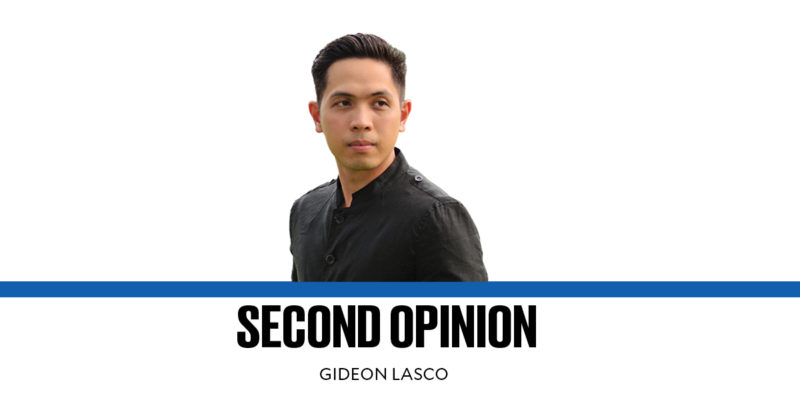From office buildings to hotels and residential villages, entering places in the Philippines can be a challenging feat. Valid identification, car stickers, gate passes, walk-through metal detectors, baggage x-ray machines, and authorizations from higher authorities are just a few of the requirements. Interestingly, the more “elite” the establishment, the more steps one must take to gain entry. Surprisingly, this is not seen as a negative aspect, but rather it adds to the allure and positive connotation of a “gated community.”
This notion of safety within fortified walls, barbed-wire fences, iron gates, and other security measures can be traced back to the colonial era. During the Spanish occupation, indios (natives) were forcibly confined within city limits, symbolized by the ringing of the church bell. This containment made it easier for colonial administrators to exercise control. Furthermore, colonization created a divide between Christianized lowland areas and other populations, such as highland societies and seafaring Moros. The cities offered a relative sense of security, despite being susceptible to attacks.
The fear of crime and violence, whether perceived or real, has long been ingrained in our society’s collective consciousness. This fear has been perpetuated by “moral panics,” such as the kidnapping scares and high-profile rape cases of the 1990s. Additionally, drugs have been sensationalized as an extraordinary existential threat to the country. In cities like Davao, where leaders have tapped into people’s fears and desire for protection against crime (known as penal populism), checkpoints serve as a dramatic representation of safety. Homeowners associations also seek security, particularly in light of theft and other criminal activities. Thus, the appeal of “gated communities” remains strong. For many Filipinos, these communities represent not only social status but also a marker of career success.
It’s worth noting that gated communities are not exclusive to the Philippines. Scholars in Indonesia identify lifestyle, prestige, and security as motivations for desiring gated communities. This aligns with the findings of Ortega and Katigbak (2022), who highlight how homes in gated villages serve as “trophies” of the Filipino migration experience. Similarly, in the United States, anthropologist Setha Low (2001) discusses gated communities being initially established to protect family estates and affluent citizens at the beginning of the 20th century. Over time, gated communities grew in popularity, representing an emerging trend.
In conclusion, the Philippines’ affinity for gated communities stems from historical and societal factors. The desire for safety and a sense of security, along with the association of gated communities with status and success, drive their appeal. This phenomenon is not limited to the Philippines, as similar motivations can be found in other countries.
Denial of responsibility! Vigour Times is an automatic aggregator of Global media. In each content, the hyperlink to the primary source is specified. All trademarks belong to their rightful owners, and all materials to their authors. For any complaint, please reach us at – [email protected]. We will take necessary action within 24 hours.


